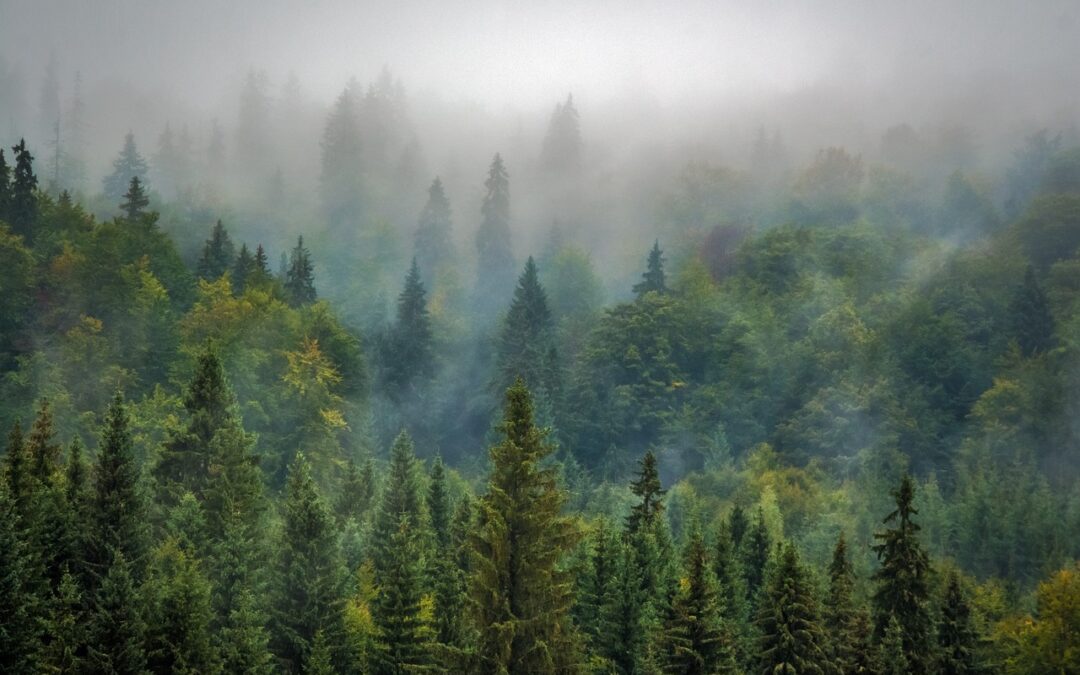The stakes for old growth forests in British Columbia couldn’t be higher. The old growth forest ecosystem in BC is the most biodiverse ecosystem in Canada. Yet today, very little of the original old growth remains, due to the practice of clearcuts, TFLs (Tree Farm Licences), and ecosystem-destroying monocultures. The deleterious effects of deforestation on wildlife are too often ignored, until reaching a crisis state (extirpation or extinction). This state of affairs is inexcusable for a modern civilized democracy such as BC.
The history of British Columbia is replete with examples of destructive colonial practices, many of which continue to this day. The old ways are no longer compatible, given our recent deeper understandings about the critical importance of natural ecosystems in perpetuating life on earth. A revived ethic of conservation is upon us all. It is incumbent upon BC Premier David Eby and the NDP government to make bold changes to the Forestry Act and the way we treat old growth forests. Will it be more extraction and destruction, or conservation and care for nature?
We can no longer ignore the free ‘services’ provided to humans from intact old growth forests. They are essential elements for carbon sequestration, oxygen production, modulation of temperature and water, and responding to the effects of global heating. Forest wildlife enriches the ecosystem with its daily activities, but food webs unravel when the species within them disappear. Old growth forests provide a richer and more resilient base than the younger trees which they support via root exchanged (mycorrhizal) nutrition. The scientific evidence is clear: we depend on intact natural ecosystems for our survival.
Recent deferrals do not guarantee the protection of old growth forests. BC is now committed to the 30 x 30 idea, to protect 30% of the provincial biodiversity by the year 2030. At present only about 18% is protected in parks and ecological reserves. From 2001 to 2021 alone, while timber supply was becoming scarce and mills reducing workers or closing, BC lost 8.59 million hectares of tree cover, representing an annual cut of an estimated 66 million trees. Only 415 thousand hectares of old growth forests with big and very big trees remain, less than 1% of BC’s total forest area. Aerial photographs show huge areas pockmarked by clearcuts. When deferrals come to an end, the province can protect the remaining intact forests by means of graduated moratoriums, and so bring an end to clearcuts by 2030, if not sooner.
The end of the colonial system of deforestation of primary old growth forests has a moral dimension. Old growth forests must be recognized as a legalized entity, with rights of nature equivalent to human rights. Such rights for forests must include the right to exist, maintain natural biodiversity, and to be safe from human destructive practices. The BC government must be honour-bound to base its decisions on the best scientific evidence, coupled with ethical decision making.
Once a species is gone, it is gone forever. The same applies to ecosystems. All people should have the right to live in an environment with clean, unpolluted air, water, and food. Nature and especially old growth forests, need recognition as legal living entities, if we are to have a truly sustainable future. That is the ethical imperative, upon which we must make corrections and amends. Do we have the necessary wisdom and moral fortitude?

When you destroy an old forest you destroy a whole ecosystem, one that cannot be re-created. All the plants, animals, and pathogens that keep matters in balance are disrupted and biodiversity is severely reduced.
Biodiversity is intimately linked with climate warming. Please call a halt to this logging
Clearcuts are clearly wrong and deleterious! End deforestation NOW!
Thank you Thor for an excellent ‘pitch’ for legal rights for the forests and nature as a whole. The ethical and moral imperatives are clear.
the only way there will be assurance for protection of old growth would be through the rights of nature being given legal status
it is time for the BC environmental movement to be united behind the campaign to guarantee the legal rights of nature
the only way there will be assurance for protection of old growth would be through the rights of nature being given legal status
it is time for the BC environmental movement to be united behind the campaign to guarantee the legal rights of nature
the only way there will be assurance for protection of old growth would be through the rights of nature being given legal status
it is time for the BC environmental movement to be united behind the campaign to guarantee the legal rights of nature
Ecological Rights association
Thank you for your interest and support of this essential topic. Last Saturday, February 25, a Super Rally in support for protecting what’s left of the old growth
forest ecosystem was held in Victoria. There was a virtual Media Blackout out of
this event, with over 200 groups and a few thousand (?) attending. Is the media
now taking orders from the provincial government or the logging corporates?
I was there. It was one of the bigger protests I’ve attended but, alas, I doubt there were more than 2000 people at the Ledge.